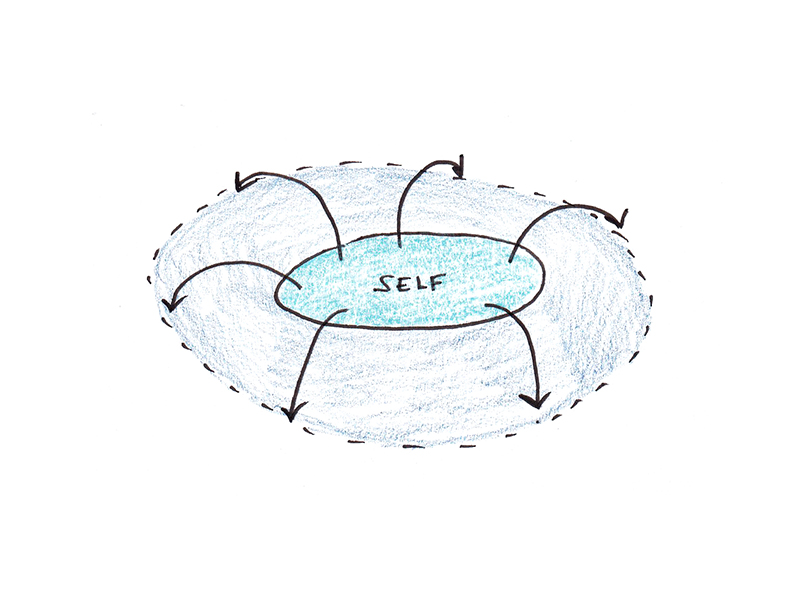The Importance of Choosing the Right Office Chair for Productivity and Health
In the modern workplace, whether at home or in an office building, the importance of ergonomics and comfort cannot be overstated. One of the most vital pieces of office furniture is the office chair. It serves as the foundation of an employee’s daily experience, impacting their comfort, posture, and even overall productivity. The wrong office chair can lead to chronic discomfort, back pain, and poor circulation. On the other hand, a well-designed, ergonomic office chair not only promotes a healthy sitting posture but also boosts morale and performance. Office environments are evolving, and with the increase in remote working, more people are investing in personal workstations that mirror professional standards. An ergonomic office chair is no longer a luxury; it’s a necessity that supports physical well-being and mental focus. With the sheer variety available in the market, it’s essential to understand what to look for in an office chair to meet individual needs and work preferences.
Key Features to Consider When Buying an Office Chair
When shopping for an office chair, several key features determine its effectiveness. The first and perhaps most critical component is lumbar support. Lower back pain is one of the most common complaints among office workers. A good office chair offers adequate lumbar support, maintaining the natural curve of the spine and reducing strain during prolonged sitting. Adjustable lumbar settings are ideal because they allow customization based on the user's height and back shape. Another essential feature is the adjustability of seat height. Proper seat height ensures that your feet are flat on the ground and your thighs are parallel to the floor, which encourages healthy circulation. Swivel functions, adjustable armrests, tilt control, and seat depth adjustment further contribute to customized comfort. Additionally, the quality of cushioning and breathability of the material can determine long-term comfort. Memory foam or mesh-backed chairs allow airflow and prevent sweat build-up, especially in warm climates or long shifts. A high-quality office chair combines all these features to offer a tailored experience that reduces fatigue and promotes posture correction.
Ergonomic Benefits of Using a High-Quality Office Chair
Investing in a high-quality office chair offers a multitude of ergonomic benefits that extend beyond mere comfort. Ergonomics is the science of designing the workplace to fit the user, and the office chair plays a crucial role in this framework. By supporting the body correctly, an ergonomic office chair reduces the risk of musculoskeletal disorders, particularly in the back, neck, and shoulders. Features like adjustable backrests and seat tilt promote active sitting, which encourages movement and minimizes stiffness. Proper armrest positioning ensures that the elbows remain at a 90-degree angle, reducing strain on the wrists and forearms. A well-designed office chair can also increase productivity by allowing users to focus on their tasks rather than discomfort. Moreover, it plays a role in maintaining energy levels throughout the day. Employees are less likely to take unnecessary breaks or experience fatigue when seated comfortably. Over time, these benefits contribute to a more efficient, healthier, and happier workforce.
Office Chairs for Different Work Settings and Roles
Different work environments and roles call for different types of office chairs. In a standard corporate setting, the executive office chair is a popular choice. These chairs are often larger, made with premium materials like leather, and offer extensive adjustability and support. For people in managerial or senior positions who spend most of their day seated, these models provide long-term comfort and a polished aesthetic. Meanwhile, task chairs are suited for general office use. They are compact, highly adjustable, and often made with mesh backs for breathability. For creative professionals, designers, or people who work in front of multiple screens, chairs with wider ranges of motion and flexible design are ideal. In contrast, conference room chairs prioritize style and formality over adjustability, as they are used for shorter periods. Remote workers may benefit from ergonomic kneeling chairs or sit-stand stools to promote movement and posture variety throughout the day. Regardless of the specific model, the key is to choose an office chair that complements your workflow and physical needs.
Long-Term Impact of a Good Office Chair on Employee Wellness
There is growing recognition that workplace wellness starts with the basics, and an office chair is central to that. Numerous studies link poor seating to chronic health conditions like sciatica, carpal tunnel syndrome, and repetitive strain injuries. Over time, poor posture caused by an inadequate office chair can also lead to mental fatigue, decreased concentration, and even a negative impact on mood. Investing in quality office chairs is a smart business decision for employers as well. It leads to fewer sick days, increased employee satisfaction, and improved work performance. Healthier employees are also less likely to experience burnout, contributing to better staff retention. Furthermore, companies that prioritize ergonomic furniture send a strong message about valuing their team’s well-being. As workplace wellness becomes a key pillar of corporate culture, the importance of the right office chair continues to rise. It is an investment that pays dividends in the form of better health, happiness, and productivity.
Aesthetic Appeal and Office Design Integration
While functionality is paramount, the visual appeal of an office chair should not be overlooked. A well-designed chair contributes to the overall aesthetics of the workspace. From sleek, minimalistic designs for modern tech offices to classic leather chairs for more traditional environments, the variety of options allows users to find a chair that complements the decor. Color options, frame styles, and fabric choices allow for creative expression and brand alignment in corporate environments. In home offices, the right office chair can enhance the workspace's ambiance, making it feel more professional and inspiring. Design-conscious professionals often select chairs that blend both form and function, merging ergonomics with visual harmony. Today’s market caters to diverse tastes, ensuring you don’t have to compromise aesthetics for comfort. In fact, a visually pleasing and ergonomic office chair can boost morale, create a professional atmosphere, and elevate the overall work experience.
Conclusion
In conclusion, the office chair is more than just a piece of furniture—it’s a central part of your work life. Choosing the right one has profound implications for health, productivity, and comfort. Whether you are equipping a home office, a corporate workstation, or an executive suite, focusing on ergonomic design and quality materials ensures long-term benefits. As workplaces continue to evolve, the role of ergonomically sound office furniture becomes more significant. For professionals and organizations alike, the investment in a reliable and well-crafted chair is one that delivers returns in employee satisfaction, reduced health issues, and improved work performance. If you're looking to make that investment, the brand office chair offers an excellent range of solutions to meet the needs of any workspace.







































































































![Building A Digital PR Strategy: 10 Essential Steps for Beginners [With Examples]](https://buzzsumo.com/wp-content/uploads/2023/09/Building-A-Digital-PR-Strategy-10-Essential-Steps-for-Beginners-With-Examples-bblog-masthead.jpg)














































